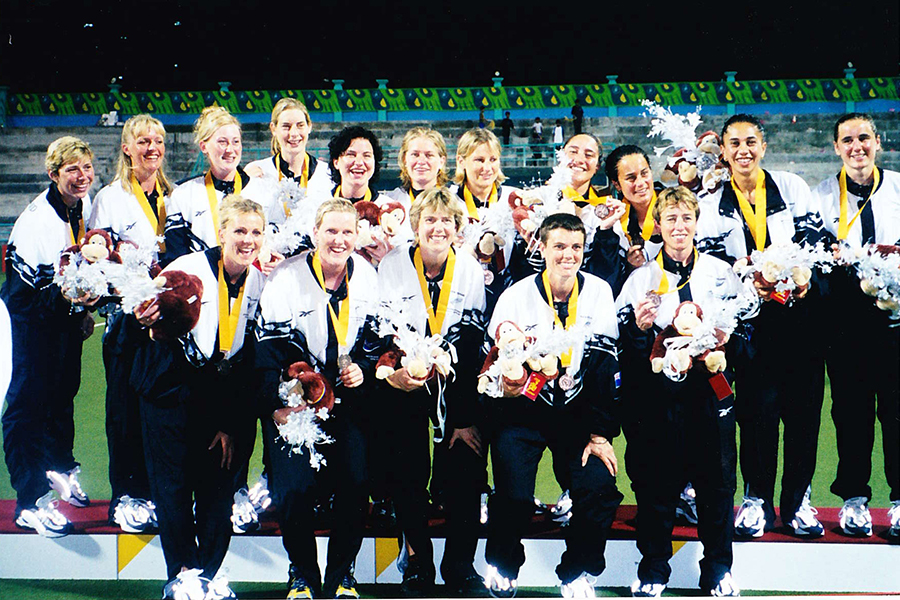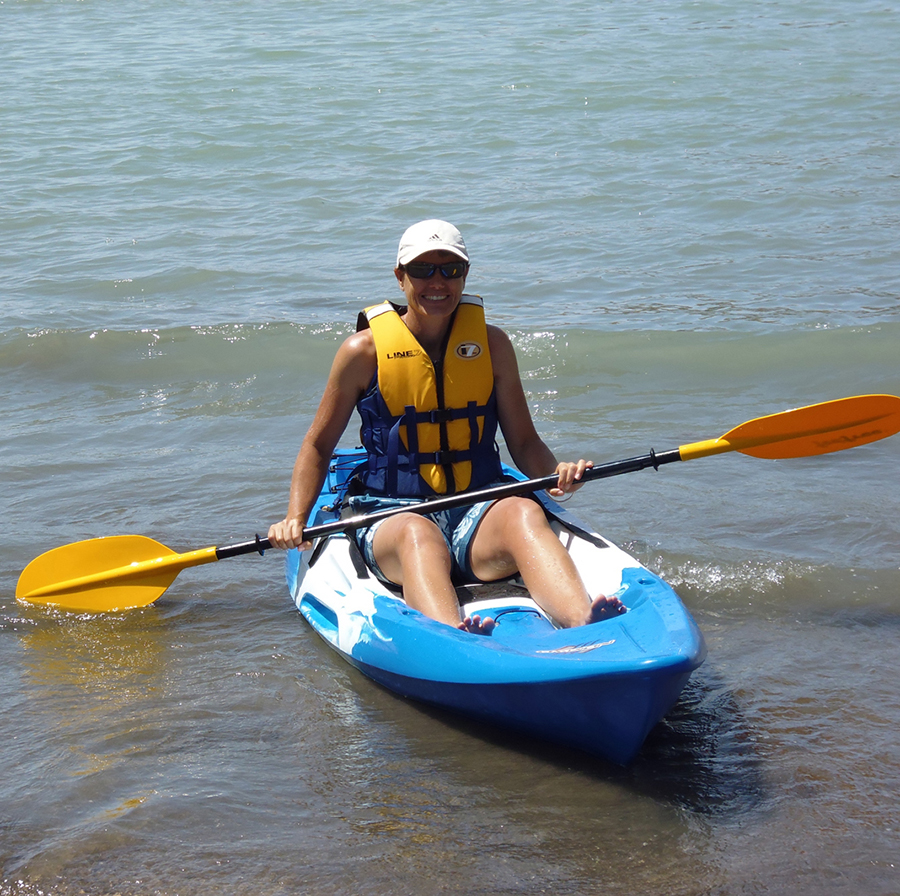New architect in Tauranga: HMOA in the Bay of Plenty
8/5/2018
Jenny Duck has established our Tauranga studio, previously working in the Christchurch office for over five years. Wellington-based director John Melhuish works alongside Jenny to manage the Tauranga projects. We caught up with Jenny at her new office in the Bay ...
Jenny, why the move to be a Tauranga architect - a city where architectural design is perhaps not so widely valued...
We love it here! We live in an inner-city apartment in downtown Tauranga and enjoy the change in lifestyle this has brought. We wander into town for dinner, watch sport at the Domain and make the most of the public library, art gallery and theatre nearby. We enjoy the warmer temperatures and of course the beach, I’m hoping to learn to surf.
It’s certainly an interesting and challenging time for Tauranga and I’m still learning about the pressures the city is under. The population is booming but there are large infrastructural projects already on the go and the local and region councils are very active in public consultation and seeking community involvement. I’d like to see more focus on public transport, there is still too much emphasis on private cars and parking. There needs to be a shift towards a more sustainable model.
I’m excited about providing an alternative architectural practice to those already in Tauranga, and one that’s run by a woman (there aren’t many of those about). I bring a range of skills and experience to the Bay, including a collaborative, open and friendly approach that reflects HMOA’s values. We’re a practice that provides personal service, from an award-winning national practice that consistently produces beautiful architecture.
Speaking of women in architecture, HMOA is a founding member of the Diversity Agenda...
Growing up with three brothers, I’ve never been phased by the male dominated industry but it is great to see the launch of the Diversity Agenda, a campaign to increase the number of women in architecture and engineering (and at senior levels), and the acknowledgement that as an industry we can do better to seek the benefits of a diverse workforce. I would love to see some mentoring schemes developed within the NZIA, especially for those in sole practice or smaller regional areas.
I guess I've been lucky with the companies I have worked with, they have always been very supportive of me—of my sporting endeavours and professional development.
You played hockey for New Zealand, were part of the medal-winning team at the 1998 Commonwealth Games and attended the Sydney Olympics
It always was a dream to play at the Olympics, I remember very early on being at a training camp and having to write down our hockey goals. Mine was to play centre-half at the Olympics Games.
I was lucky to tour to some amazing places, Port of Spain, Trinidad; Harare, Zimbabwe; Buenos Aires, Vancouver, Ottawa, Philadelphia, Miami, Singapore, Kuala Lumpur, Amsterdam, all over Australia and New Zealand. It's been great to experience diverse cultures, food, lifestyles and languages.
Competing at the combined men’s and women’s World Cup tournament in Utrecht in 1998 was another wonderful time. 24 teams in a hockey-crazy city, we played in a converted soccer stadium seating 25,000 people with the surrounding grounds set up as a party village.
What has sport taught you?
The highs and lows of winning and losing have given me plenty of character-building opportunities! When I was dropped from the Barcelona Olympic team, I learnt not to create goals that you don’t have any control over. I had no control over who the selectors chose but I could control aspects relating directly to me, like getting fitter, stronger, more skilful. So, I worked hard on things I was not good at with the aim to give the selectors no reason to leave me out.
Your partner was the doctor for the All Blacks for many years—did you meet through sport?
Yes we did. Prior to Deb’s work with rugby she played, coached and was medical cover for hockey. She was a huge support during my playing days and when I went back to university. If she hadn’t become a doctor she was going to do architecture so became a good critic during my studies.
Deb’s involvement with NZ Rugby has provided a great insight into other sports people and I’ve learnt that no matter if you are an amateur or professional, you have the same aspirations to win, the same concerns about performing, and the same drive to be better than you were in your last match.
You’re obviously bringing that drive and commitment to being a Tauranga architect…
I’ve always enjoyed the culture at HMOA, the directors promote a family environment, staff are respected, valued and encouraged to contribute, and there’s a strong acknowledgement of life outside of work. The positive environment is reflected in the longevity of staff and that HMOA has recently celebrated its 20th anniversary.
I also appreciate being part of a national practice—I can always call on the wider resources and expertise in the other offices; people who are equally as engaged in creating exciting architecture.

